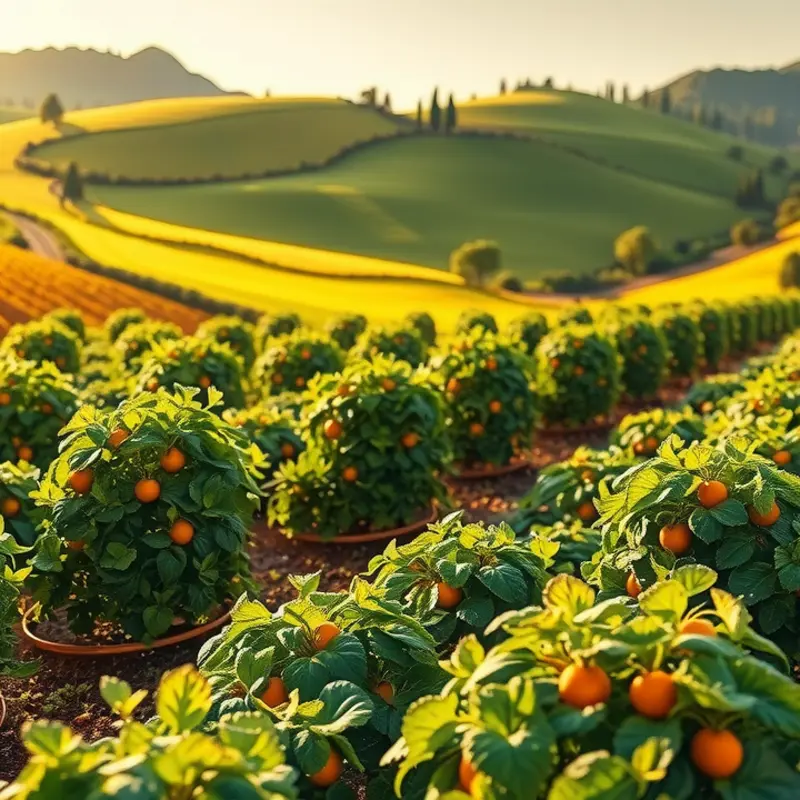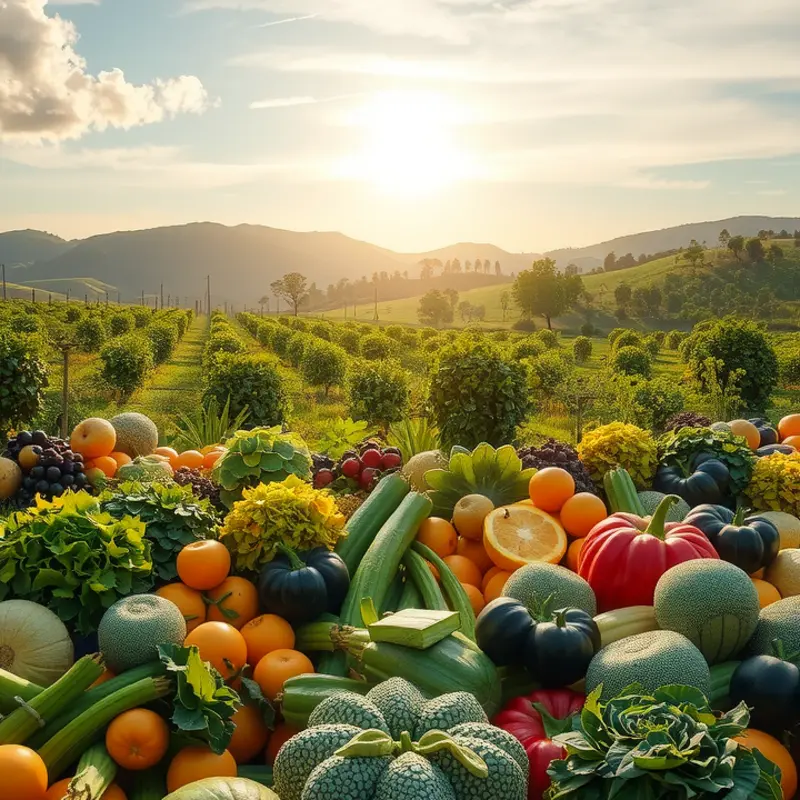Repurposing food scraps not only helps minimize waste but also enhances your culinary creativity. This guide presents practical tips to safely store food and get the most out of your ingredients, empowering you to transform what seems like trash into treasure and improve your overall food management at home.
Making Broths and Stocks from Scraps

Turning kitchen scraps into rich broths and stocks is a smart way to minimize waste and enhance your dishes naturally. The versatility of broths and stocks proves invaluable, providing depth and complexity to soups, stews, sauces, and more. Here’s how to transform your vegetable and meat scraps into culinary essentials.
Vegetable Scraps:
Choosing the right vegetable scraps is crucial to producing a pleasing flavor profile. Onion peels, carrot tops, celery leaves, garlic skins, and mushroom stems are prime candidates. These scraps impart a robust base flavor. Avoid using cruciferous vegetable scraps like broccoli or cabbage as they may create a bitter taste. Maintain a balance by including herb stems like parsley or thyme to enrich the aroma.
Meat Scraps:
For meat-based stocks, bones with some meat still attached, such as chicken carcasses or beef bones, are ideal. They offer gelatin, which gives broth a silky mouthfeel. Roasting bones and meat scraps prior to simmering can enhance their flavors. Remember to remove excess fat for a cleaner taste. To explore more about creating thick, flavorful bases, check out our guide on easy sauce simmering.
Storage Tips:
Storing scraps before you’re ready to make stock is simple. Use airtight containers or reusable bags to keep them in the freezer. Label with dates to track freshness easily. For your stock, refrigeration extends the life to five days. Freezing stock in ice cube trays ensures convenient, portion-controlled use later on.
Cooking Methods:
Making a stock or broth from vegetable or meat scraps is straightforward. Begin by adding your collected scraps to a large stockpot. Cover with water, season with salt, and bring to a simmer. Cook gently for one to two hours, skimming off any foam that rises to the surface for clarity. For a deeper flavor, let the stock cook longer, up to four hours.
Strain the broth through a fine mesh sieve once it reaches desired taste. If clarity is essential, strain again through a cheesecloth. The result is a clean, flavored broth ready to use in various dishes.
Nutritional Beans:
The nutritional benefits of homemade stocks are a bonus to their flavor. They boast vitamins, minerals, and collagen, especially in bone stocks, supporting joint health and skin vitality. Explore further ways to incorporate nutritious ingredients into your cooking here.
By regularly crafting homemade broths and stocks, you enhance both the sustainability and healthfulness of your cooking, making each meal as eco-friendly and delicious as possible.
Creating Natural Fertilizers and Compost

Food scraps aren’t just waste—they’re garden gold waiting to enrich the soil. Let’s explore how to harness this potential through composting while offering valuable nutrients to your plants.
First, gather and store your organic waste correctly to ensure the composting process runs smoothly. Collect your kitchen scraps, focusing on fruit and vegetable peelings, coffee grounds, eggshells, and even tea bags. To prevent odors and pests, store these in a covered container either on your kitchen counter or in the fridge.
Next, create a balanced compost pile by considering what materials contribute to optimal soil enrichment. Aim for a mix of “greens” and “browns.” Greens are your nitrogen-rich materials, such as vegetable scraps, fruit waste, and coffee grounds. Browns supply carbon, found in items like dried leaves, straw, and shredded newspaper. An ideal compost pile maintains a ratio of about two-to-one browns to greens.
Layer these materials in your compost pile or bin, ensuring proper aeration for efficient breakdown. Good airflow is crucial; it helps microorganisms thrive and accelerates decomposition. Turn the compost regularly to maintain air circulation, prevent foul odors, and speed up the composting process.
Moisture is another critical factor. Think of your compost as a damp sponge—not too dry and not waterlogged. Periodically check the moisture level and adjust by sprinkling water or adding dry materials as necessary.
Understanding what not to include is equally important. Avoid adding meat, dairy products, and oily foods, as these attract pests and produce unpleasant odors. Similarly, steer clear of diseased plants or plants treated with chemical pesticides.
Once the pile has decomposed into a dark, crumbly substance, your compost is ready. Use it to enrich your garden soil, boosting plant growth and soil health naturally. Compost not only reduces waste but also improves water retention, enhances nutrient availability, and promotes plant resilience against pests and diseases.
For more tips on reducing waste while maintaining an eco-friendly kitchen space, explore low-waste cooking preparation. This link provides insights into minimizing kitchen waste, complementing your composting efforts.
Transforming food scraps into compost is a rewarding practice that embodies a cycle of sustainability. With every peel or discarded coffee ground, you contribute to a healthier garden and a healthier planet.
Final words
By creatively repurposing food scraps, you can reduce waste and enhance your kitchen’s productivity. Whether you’re simmering scraps to make savory broths or enriching your garden soil with compost, every little step counts. Embrace these practical tips to streamline your food management, minimize waste, and make a positive impact on both your home and the environment. Repurposing is not just about conservation; it’s also a pathway to culinary innovation and sustainability in daily life.







